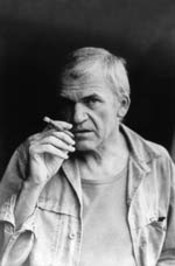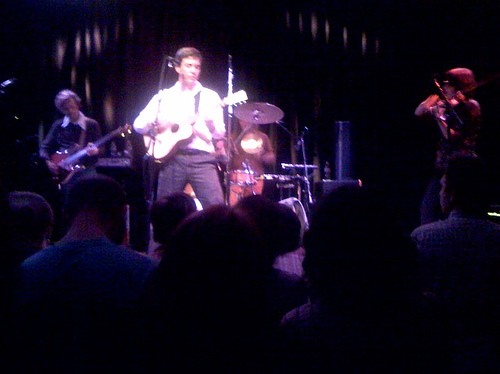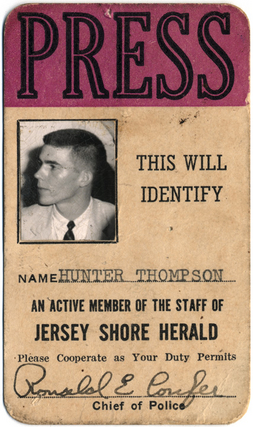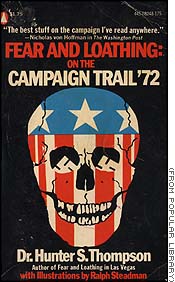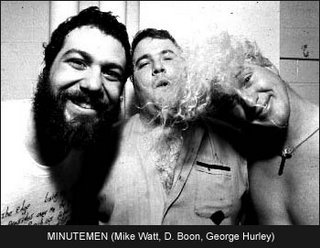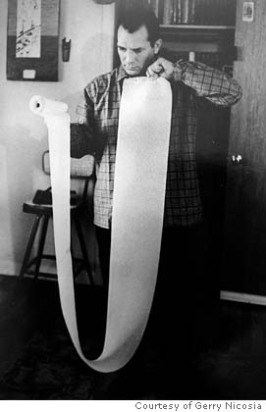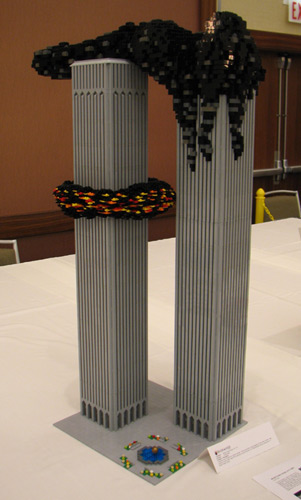
An apocalypse is not so much the total destruction of the world, as it is the unveiling of God’s immanence within the world, and the consequent destruction of illusion. Tadeusz Konwicki’s “A Minor Apocalypse” would have to be taken, then, to be a personal revelation, the simultaneous destruction of the little world of the narrator and the revelation of the God immanent within it. “A Minor Apocalypse” is known for being a satirical, bitter look at the degrading effects of totalitarianism on the individual and society.

Konwicki
“I who am the statistical average in the Great Accounting.”
A disillusioned Polish novelist named Konwicki is ordered to immolate himself outside the Party Central Committee building. Two fellow graying oppositionist writers, Hubert and Rysio visit Konwicki to deliver the order. During their visit, Konwicki recalls a hilarious story about the passionate young Rysio, whom one drunken night attempted to sleep with a girl but instead accidentally made love to the pocket of Konwicki’s coat, “with a fierce and youthful fervor, perhaps even the first of his life.” He concludes, “Now Rysio wrote unpunctuated, amorphous prose, played adjunct to Hubert, and was a venerable figure in the literary world.”
When the discussion devolves into a quibble over the impact of his death, the latent tension between Rysio and Konwicki surfaces:
“Don’t make things more difficult, old man,” Rysio interjected.
“Don’t talk to me like you’re just one of the guys when you don’t use fucking commas and periods when you write.”
At a loss, Rysio began retreating toward the door. “The lack of periods bothers you?” he said uncertainly.
“If you used punctuation, then maybe we wouldn’t need show deaths in this country.”
Nonetheless, he tentatively accepts, and the reader accompanies him on his journey toward his final sacrificial act. He is also trailed by a foppish, young admirer from the country who hopes to immortalize his final hours before death, a stray dog, the lovestruck illegitimate granddaughter of Lenin, and the worn, world weary, Halina, whose role it is to acquire the Swedish matches and the can of gasoline for his “show death.”
All the while, confronted with the sins of his past, he struggles with a splitting headache, the result of drinking potato vodka, but also a semi-mystical vision of the end of the world:
“Sin has assumed the form of virtue…Amorality rules us using morality’s laws, it uses moral nomenclature, it constructs its own positive systems, it re wards saintliness and hurls the damned in to hell. Evil has tapped into our ethical code and turned itself into good. A fatal, cancerous good.”
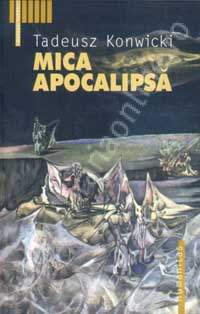
Mica Apocalipsa
Poland and the “Polish Complex”
Tadeusz Konwicki wrote “A Minor Apocalypse” during the post-Stalinist/pre-fall of communism era of the mid-seventies. Konwicki began his career as a card carrying Party member and an advocate of Social Realist art, but grew increasingly discontented until he was thrown out of the Party.
By the time he wrote “A Minor Apocalypse,” Konwicki was deeply familiar with the daily workings of the Polish culture industry and its collusion with the government. This shows in the novel’s bald treatment of various Polish artists and intellectuals; but you don’t need to know the details to appreciate the types of people he identifies.
A particularly cutting scene involves an art show by a retired minister of culture who had, “spent his entire professional life making artists rot in jail…now that he was retired, he had suddenly begun to envy his victims and had taken up painting himself…On every canvas there was a young naked woman with her pussy prudishly painted out.”
“His guests were also men of distinction- generals from the security police, governors, high officials from the Censorship, vice ministers. They too had become part of the artistic elite. They were writing memoirs and sensationalistic novels, carving tree roots, composing hit tunes, and sculpting busts of their colleagues who had passed away. Any of their children who did not wish a career in politics were placed in art schools. And so now the regime had its own art. The regime is self-sufficient. It creates reality and mirrors it in art.”
“But” as his translator, Richard Lourie notes, “that is local gossip, incidental. More important is Konwicki’s examination of the tensions, both tragic and comic, generated by a situation where conscience demands sacrifice and reality offers no hope that the sacrifice will be of any value or significance.”

Uses of Allusion
Writers, filmmakers, and intellectuals, both disenfranchised and co-opted, crowd the margins of the story. He has repeated run-ins with fellow oppositionist writers and artists, and members of the government cultural apparatus, including Rysio’s twin, the Docent of Allusion.
The Docent works for the Censorship, who has formed “an independent department for allusions.”
“I have created a theory of how allusions function in a socialist society…The tension caused by the hunger for truth…those dangerous tensions are artificially eliminated by a skillfully employed allusion…after a certain amount of time, people will prefer an allusion to the truth itself.”
He concludes by noting, “Our system is an intellectual system, born of intellectuals.”
Allusion is used to veil the truth. Allusion becomes another form of oppression where the symbols are used to obscure the truth. Konwicki uses irony to demonstrate the subversive power of allusion and to point towards the underlying truths beneath the propaganda of life. Interrupting him mid-coitus with Lenin’s granddaughter, Halina calls to ask:
“What color gas can do you want? There’s a choice. Red, yellow, or blue?”
“Light blue, the color of innocence.” Because he reasons, “innocence is inconspicuous.”

A Minor Literature
As the loose story coheres, it begins to resemble a parodic Stations of the Cross, the narrator making his way towards his own Golgotha. Whether any sincerity can be imbued in his sacrifice anymore, it is hard to say. Yet having enumerated the absurdity and decay of Polish society during this time, he feels a real utopian longing for a vital world. The messianic mission of his work feels authentic right to the end.
Warsaw, a small universe unto itself, is crumbling around them from indifference and neglect. More than once, he makes allusion, not merely to decay, but to the fin de siecle Decadence. Here, he seems to be saying, is what socialist Decadence looks like; apathy, disillusionment, self-disgust. “Decadence. The end that comes before an unknown beginning.” In one scene, a bridge collapses during a parade from sheer neglect, and the response of the people is largely boredom.
On the other hand, in an interview for the “Review of Contemporary Fiction,” he warned against looking for a singular point of view in his work:
Konwicki: It is characteristic of my style to charm, chat, contradict, leap, question, speak with self-irony, and just to make it look nice, I couch it in a literary-historical thesis. It doesn’t pay off to make much of my stories… I am very convincing even when I pull your leg.




